03 Jun Whale Sharks and Microplastics in Central America
Two years ago, I was fortunate enough to find myself in Central America spending several weeks exploring its rainforests, oceans and jungles. Some of this time was spent on a small island off the coast of Honduras known as Utila, which is a place renowned for its resident population of whale sharks. It was here that I spent my days swimming alongside these magnificent creatures, diving to underwater coral reefs, and watching the dolphins chase alongside the boat. On this island, I was also introduced to topic of microplastics, and was witness to just some of the many concerning effects that they are having on us all.
Being a vet, I have seen the effects of macroplastics first-hand – treating seabirds that have washed up with stomachs full of plastic, or turtles that have been found emaciated while floating in the ocean, perhaps after mistaking a plastic bag for their normal diet of jellyfish.
But you don’t need to work in this field to be aware of the extent of our plastic problem. We have all seen images of plastic pouring into our oceans, or perhaps you’ve even seen footage of the Great Pacific Garbage Patch – a floating conglomeration of plastic waste off the West Coast of America, which has now grown to be three times the size of France.
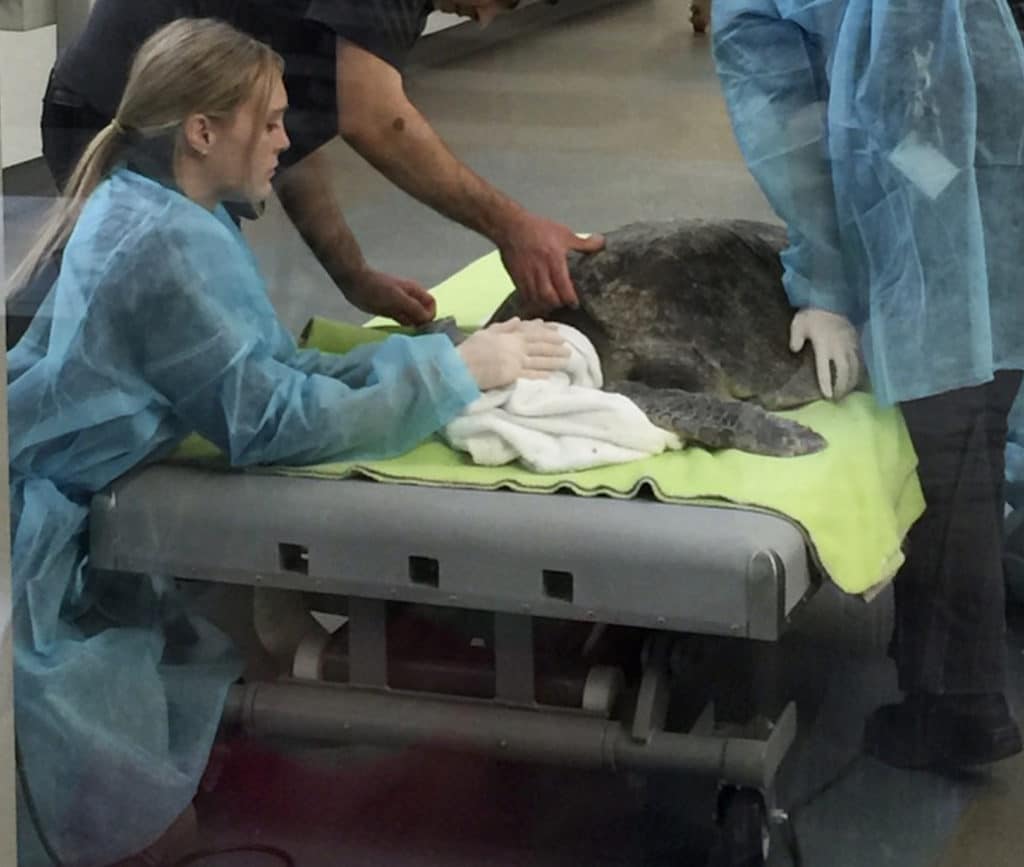
However, there may be a far greater threat when it comes to plastic pollution, only this one is not so visible. Microplastics are small plastic particles, less than 5mm in size, usually formed by the break-down of larger pieces of plastic such as bags, car tyres and clothes. They are also intentionally manufactured, and are commonly found in products such as exfoliating facial scrubs, shampoos and toothpastes.
These microplastics have now managed to permeate every corner of the world – being found at the top of our highest mountains, and at the bottom of our deepest oceans. Recently, a UK survey found microplastics inside every, single marine mammal it studied. And, in 2017, a large study found microplastics to be present in tap water around the world – being consumed by people in Japan, Europe and Russia.
The problem here, other than the serious environmental concerns that it raises, is that we don’t yet know the potential dangers that microplastics pose to us. We do, however, know what it’s doing to our marine life, and the results are concerning to say the least.
Specifically, we now know that in addition to the physical impacts of plastic ingestion, there are some equally-worrying chemical ones. Microplastics can absorb organic pollutants from the ocean and, when ingested, some of these chemicals are mistaken by the body as the hormone Oestradiol due to its similar biological structure. This can cause hormonal disruption in the affected animal, and even lead to the cessation of the reproductive cycle. Should this start to happen – for example, in an already shrinking population of whale sharks – the effects could be devastating.
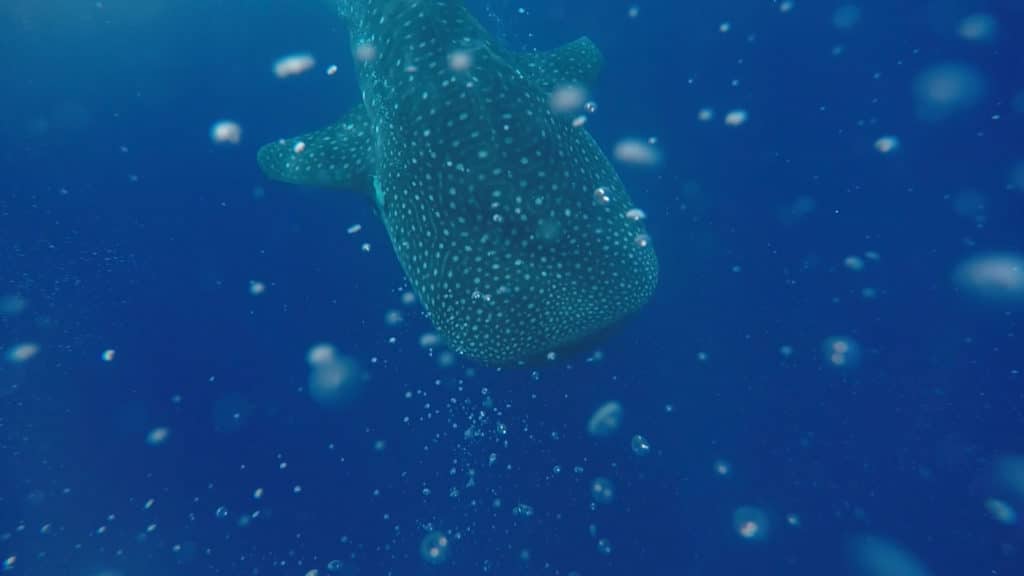
Without knowing the exact effects that microplastics are having on our bodies and health, for now we know enough to focus on reducing our reliance on plastic as a whole. This is especially true of single-use plastics such as bags and straws. On a country level, governments can ban the use of certain types of plastics – targeting those that are the most abundant and problematic. Companies can take responsibility for what they are producing, and consumers can shape change through the products that they select, and more importantly, those that they reject.
And, finally, some highlights of my time in Central America! Between climbing ancient ficus trees, summiting dormant volcanoes as plumes billow from the neighbouring active ones, exploring the cloud forests of Costa Rica and waking up to the calls of their howler monkeys every morning, my time in this part of the world was a very special and memorable one. I look forward to returning one day!
Recommended article: How scientists are 3D-printing coral to save the reefs


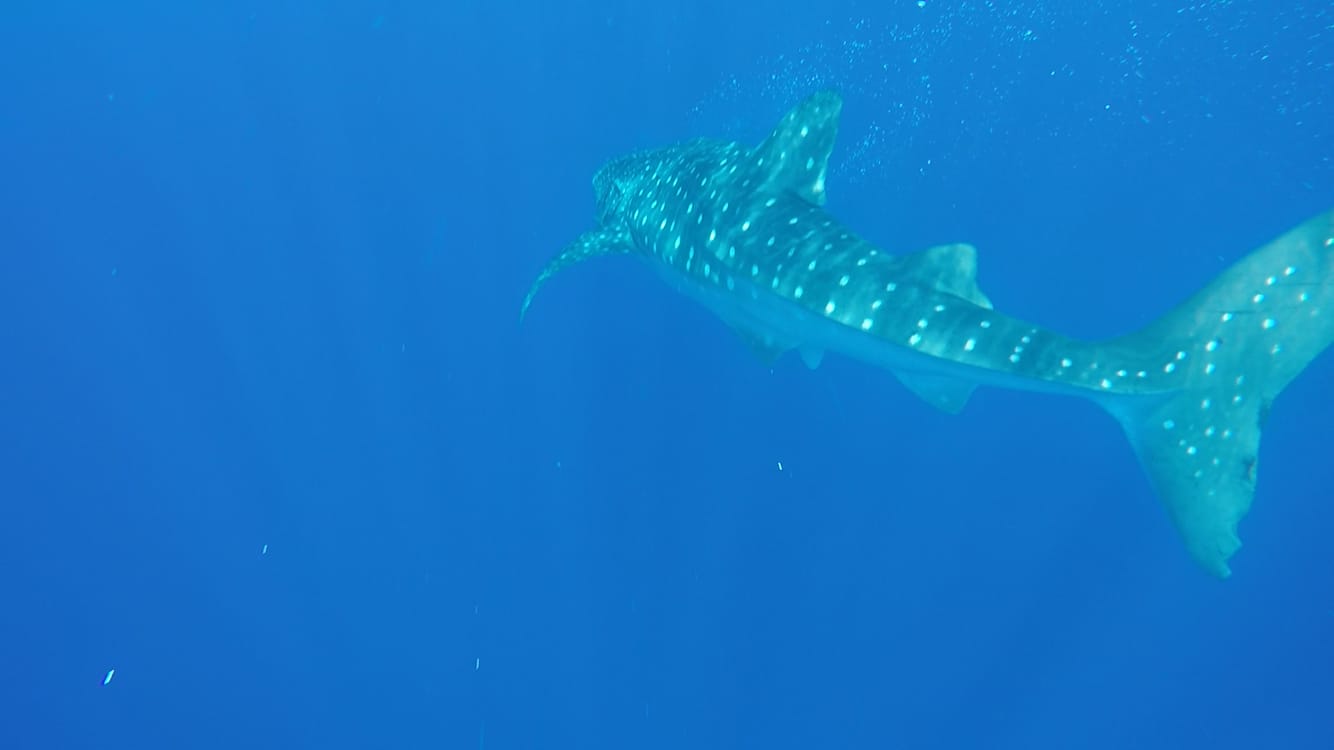

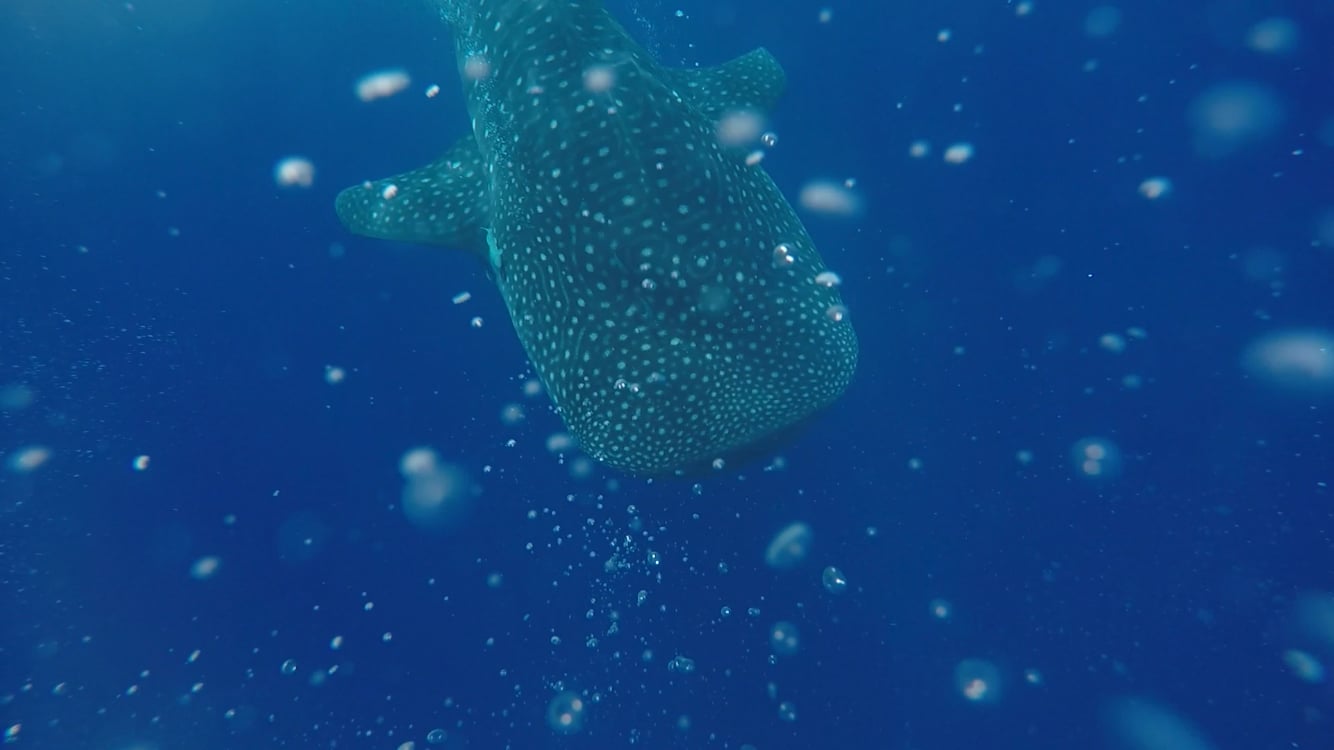
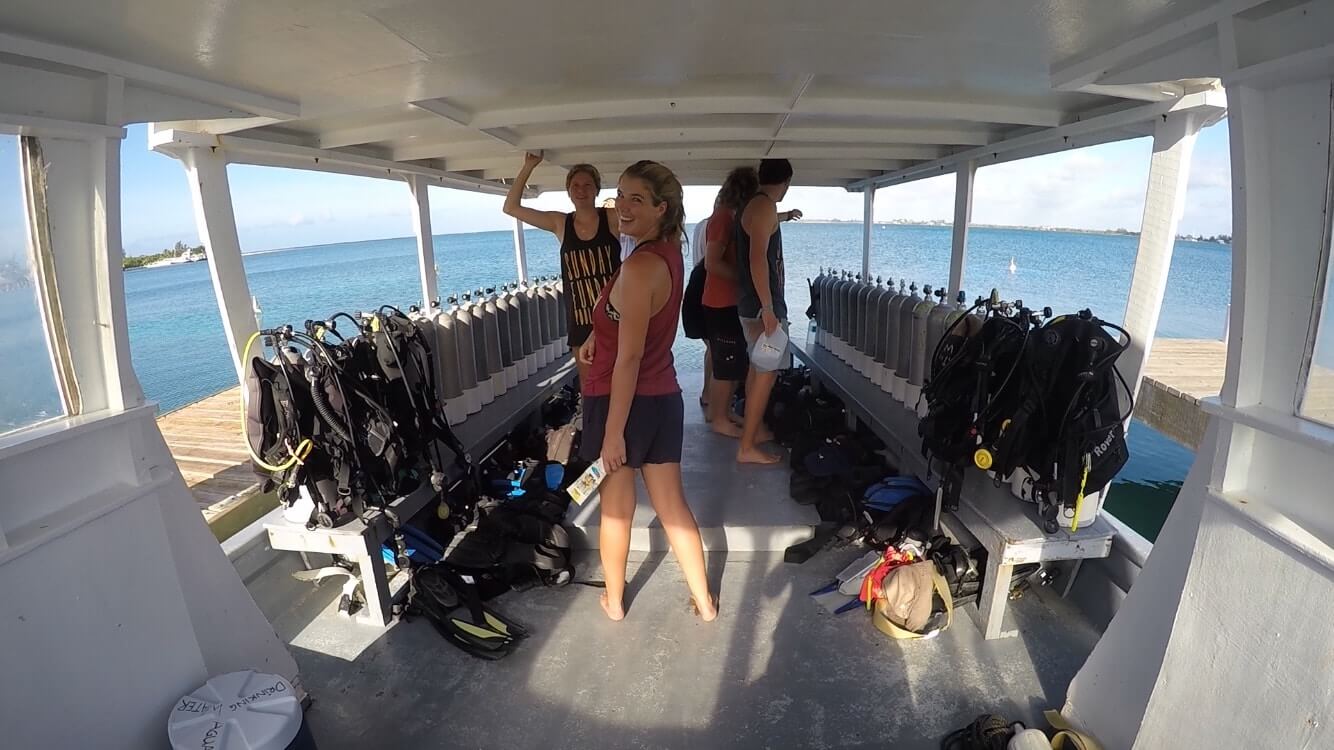

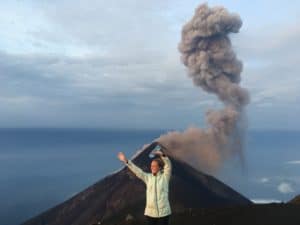
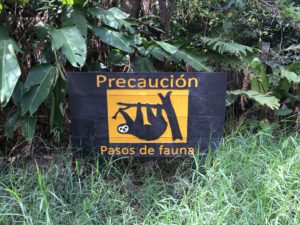
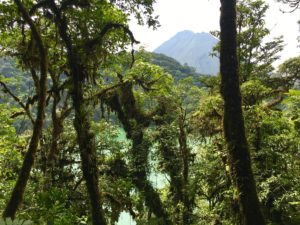
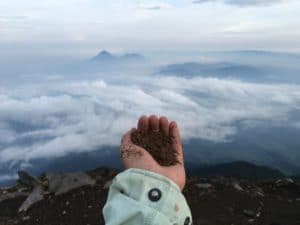
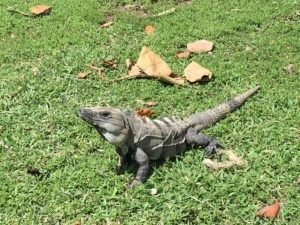

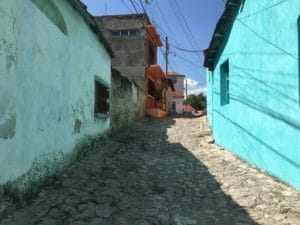

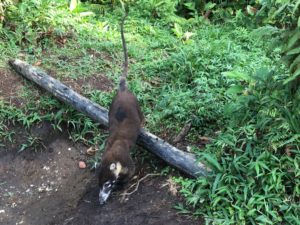

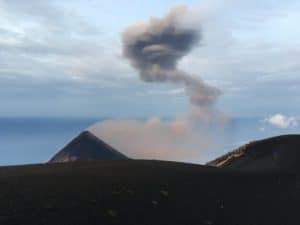
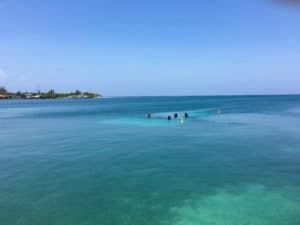
Emily Adams
Posted at 12:19h, 23 SeptemberI love Central America – I have only been to Costa Rica but would love to visit the other countries in that region someday. It’s so sad to see how much pain and suffering plastic brings to these animals. I hope we can all take steps to reduce our plastic use.
Andrea Voros
Posted at 16:56h, 27 SeptemberI really liked your article! It is super informative. It still surprises me how many people are not aware of the importance to recycle or don’t use plastic. I’m a professional diver and sadly watching the marine life disappearing in the last 7-10 years.
Pamela Jessen
Posted at 11:44h, 04 OctoberAmazing photos, and strong commentary on the issue of microplastics. I worry for our future and that of our marine world what with all the garbage dumping and plastics that are floating around. We are going to lose some amazing creatures if we don’t start finding ways of reducing our waste. Thanks for raising the issue…it’s a vital one.
Rebecca @ Boss Single Mama
Posted at 12:20h, 04 OctoberThanks for writing this, definitely an eye- opener. I am dismayed on so mamy levels about what’s happening in the oceans and the rest of our environment as a whole. It amazes that some people don’t seem to get that what we do to the oceans and everything else rebounds back on us eventually.
Tamara | The Gutz Life
Posted at 19:45h, 04 OctoberI love Central America. My husband is from Nicaragua so we have visited the area regularly.
It amazes me the number of people who are unaware of the damage we are doing. It is really sad.
Kimberlie
Posted at 02:16h, 05 OctoberMy students and I are working on a conservation project to help endangered animals, with a focus on sea turtles. It’s disheartening how many sea turtles are hurt from plastic waste.